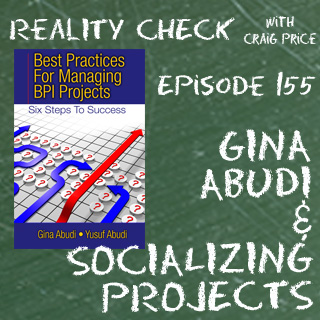We have all been in team meetings that were just absolutely frustrating. Whether there is no agenda, attendees are talking over each other, or the meeting just drags on and on – we have all been involved in or led frustrating meetings.
Here are 5 common meeting problems and how to resolve them:
- Attendees talking over each other and not listening: Stop the meeting! If you are the meeting leader, stop the meeting and ask attendees to respect each other and wait their turn to talk. Spend a few minutes, if needed, reviewing your meeting norms:
- Listen to others
- Respect when others are talking
- Build on others’ ideas
- Etc.
- Meetings that start late and/or run over time: To keep from running over time, as the meeting leader, be sure to have an agenda in place for every meeting – with timing associated with each topic. Don’t try to accomplish too much in one meeting. Assign a timekeeper to keep everyone on track. Clearly state in your meeting notices that the meeting will start on time. And start on time. If people arrive late, don’t stop to catch them up nor allow them to interrupt the meeting. This will help set expectations that meetings will begin on time and interruptions will not be permitted.
As a meeting participant, offer to be the timekeeper to keep everyone on track.
- No purpose or objective for the meeting: Some meetings happen just to have a meeting – or at least it seems that way! Be sure every meeting you host as the meeting leader has a purpose for the meeting. Whether it is to report on status of the project, solve a problem or brainstorm new ideas. Prior to the meeting, clearly delineate the objective of the meeting. Build your meeting agenda around the objective, including expected end points (e.g., come to a resolution to a problem, generate 5 new ideas).
As the meeting participant, if you find that meetings that you attend do not seem to have a clear purpose; speak with the meeting leader about ensuring that the objective/purpose of the meeting is clear which will engage the participants and help move the initiative forward.
- Too long meetings: A meeting should only be as long as needed to meet its objectives. Too often we just assume meetings are one hour in length and that is what we scheduled. A well-planned meeting however may just be 15 minutes in order to update on project status or 30 minutes to brainstorm new ideas. As the meeting leader, plan your meetings so that the minimum amount of time is set aside to accomplish the objectives. If I have a problem to be solved, I don’t include that topic in a regular status meeting. I set a separate meeting for resolution of the problem, inviting only those individuals who can participate effectively and help solve the issue.
As a meeting participant, if all of the meetings you attend are too long in duration with nothing being accomplished, talk off line with the team leader and suggest ways to reduce the duration of the meeting and still get things accomplished. Share the fact that meetings that are shorter in duration and planned to accomplish specific objectives are always better attended than meetings that are just routinely scheduled for one hour in duration.
- Poor facilitation of the meeting: Nothing worse than attending a meeting that is poorly facilitated (which usually contributes to some of the issue above!). As a meeting leader, be sure that you are prepared to facilitate the meeting; or, if you cannot (such as a particularly thorny meeting or problem resolution session), get someone to facilitate the meeting to ensure success.
As a meeting participant, when you attend meetings that are poorly facilitated, offer suggestions on how to improve the meeting or offer to facilitate a meeting yourself if you are good at facilitating.
It isn’t easy to facilitate meetings – it takes significant upfront preparation and being able to take a stand when needed during the meeting to ensure that participants stay focused and on track. Sometimes you have to be the bad guy.
If you are in the middle of a problem solving session, use a round robin approach to enable each participant to communicate their ideas without interruption.
If you are a meeting participant, speak up! Ask the other participants to enable others’ to finish their ideas and thoughts and not interrupt so that together the team can accomplish their goals.
Correcting these 5 common meeting frustrations will enable for more productive meetings that participants are willing to attend. And it will make your life as the meeting leader much easier too!



I’m a huge fan of John Cleese….I’ll have to check out that video.
Thanks for your comment Tom!
Best regards,
Gina
Good stuff as usual Gina. #3 reminded me of the John Cleese video “Meetings, Bloody Meetings”, in which he pulls all of his managers together–for no reason!
Thanks for your comment Martin. You are absolutely correct that bad meetings can be part of the culture – along with way too many meetings. That is a whole other issue that needs to be addressed – but one that really must be addressed in order for the organization to be effective and move forward. I have found that addressing issues quickly sets the right tone.
Thanks for reading!
Best regards,
Gina
Great post and a timely reminder. I’m going to put a copy in my notebook!
Unfortunately bad meetings can become part of the organisations culture. I particularly like the way you tackle problems directly: stop the meeting, start the meeting regardless.
Thanks for sharing.